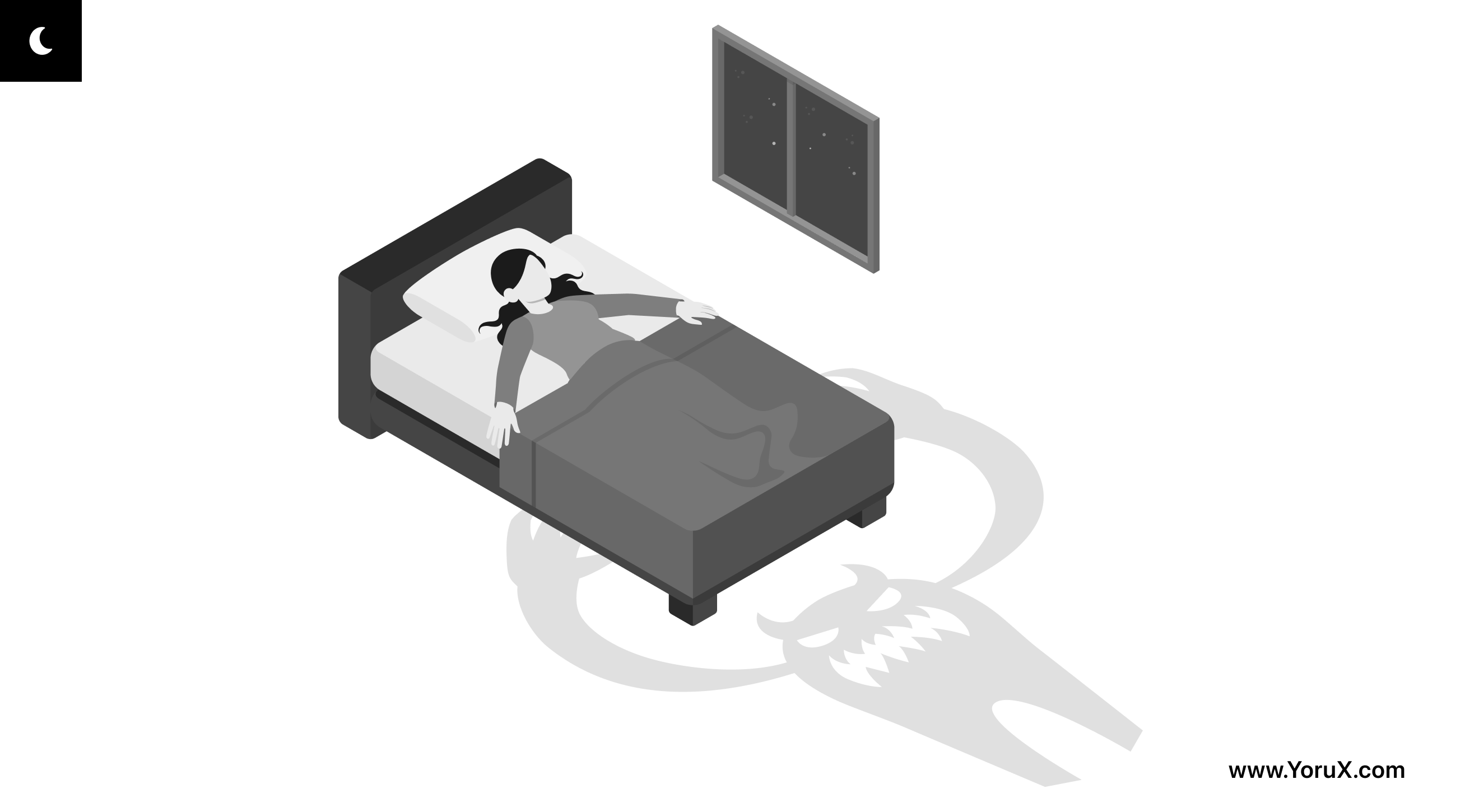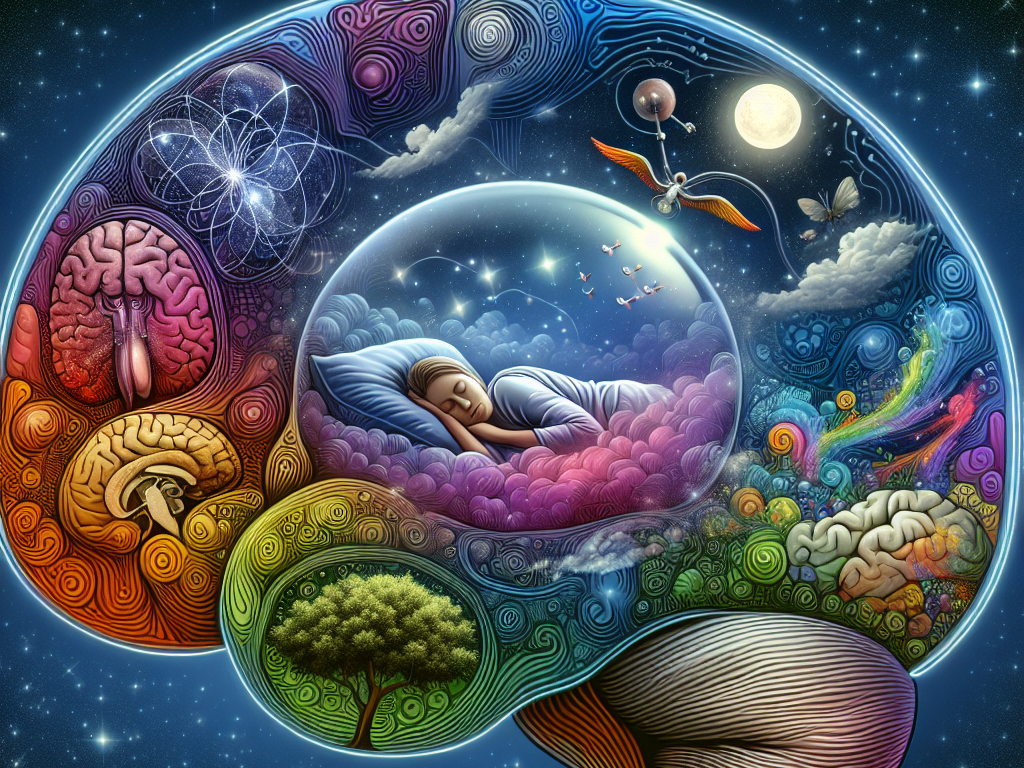
Those who frequently practice the craft of lucid dreaming may, from time to time, find themselves in a rather unpleasant experience – sleep paralysis. It is characterized by:
- Inability to move. During sleep paralysis, every muscle of the body is paralyzed, except for the ones controlling eye movements.
- Difficulties breathing. People tend to have a somewhat difficult time breathing when undergoing sleep paralysis. It’s not clear, however, whether it’s the result of the mind playing tricks or a true occurrence.
- Hallucinations. These can be further broken down to intruder (the perception of a dangerous person or entity in the room), incubus (related to the feeling of suffocation, but also accompanied by the perceived pressure on the chest area), and vestibular-motor hallucinations (related to out-of-body sensations).
It is estimated that at least 8 % of the population has experienced sleep paralysis at least once in their lifetime. Those who did often describe the sensation as frightening or flat-out terrifying. It’s no wonder – after all, the inability to move accompanied by vivid hallucinations that feel as real as anything is no walk in the park.
The scientific perspective usually links sleep paralysis with psychological factors, such as extreme stress, post-traumatic stress disorder, and various other mental disturbances in the psyche.
However, there was always something off about this way of thinking:
- First of all, sleep paralysis is very similar to what we experience every night when we dream. It’s been known that when the brain enters the REM stage of sleep, every muscle in the body is paralyzed – most likely not to wander off in the middle of the night while experiencing vivid dreams.
- Secondly, during the conscious awareness of sleep paralysis, people sometimes report mismatches between the environment perceived and the one they fell asleep at.
- Thirdly, lucid dreamers experience sleep paralysis much more frequently than the general population, even though they don’t tend to have more mental disorders.
The reasons mentioned above have led to some dreamers suggesting that sleep paralysis is nothing more than conscious dreaming. When the paralysis is perceived, it’s possible the mind hasn’t fully transitioned to the dreaming state yet and that it will eventually. The intense fear and hallucinations shake the person from this intermediate state between wakefulness and dreaming.
Lucid dreamers also report that, with some training, it is possible to transform the experience into a full-fledged lucid dream.
Even though this was just a suggestion until recently, the latest scientific research may have proved the theory to be valid. In a study published by Ana Gales and six other authors, it was discovered that sleep paralysis is very similar to dreaming. The conclusion of the study goes as follows:
“The predominant theta EEG rhythm during sleep paralysis and false awakenings (with rare and lower alpha rhythm) suggests that the brain during sleep paralysis is not in an awake but in a dreaming state.”
So, what does this mean, and what should one do with the knowledge?
Everyone pursuing lucid dreams but fearful of the chance to experience sleep paralysis should keep in mind that it’s no different from lucid dreaming. Sleep paralysis should be looked upon as a sign that your attempts are actually working!
Also, as we’ve mentioned before, turning sleep paralysis into a lucid dream is possible with some training. Good luck, and see you in the dream world!


.png)

